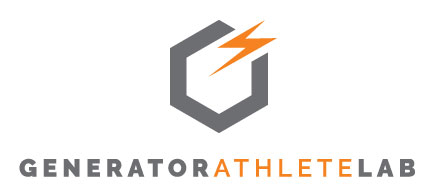Foam Rolling: Hurt So Good
Foam rolling is a self-myofascial release technique that can help relieve muscle tightness, soreness, reduce inflammation, and increase your joint range of motion. Fascia is a layer of connective tissue covering all our muscles, nerves and organs. When fascia becomes restricted, it puts a great deal of pressure on the nerves and muscles resulting in pain. Myofascial release is manipulative treatment aimed at stretching the fascia to relieve pain and improve motion.
Foam rolling is both safe and effective. It’s great for working out those tight sore muscles but also for preventing them in the first place. Folks who regularly exercise should also consider regular foam rolling.
The benefits of foam rolling include:
Correct Muscle Imbalances: Foam rolling helps muscles relax and at the same time help ease the connection between fascia and muscle to avoid muscle restriction when we exercise.
Improve Joint Range of Motion: Foam rolling can help break up knots, adhesions and scar tissue to strengthen and lengthen muscles and increase our range of motion.
Relieve Muscle Soreness and Joint Stress: Foam rolling helps speed recovery by increasing blood circulation and reducing inflammation throughout our body.
Improve Neuromuscular Efficiency: By improving blood circulation, foam rolling provides better oxygenation in our muscles.
Relax Muscles: Foam rolling helps our muscles relax by activating the sensory receptors connecting muscle fibers to tendons. Breaking up tightness in your muscles may help you feel less tense and calmer as a result.
If you’ve never used a foam roller before, you may want to learn a few basics before you get started. We’re always here to help you at Generator. You can also check online for “foam rolling for beginners” videos.
To reap the most benefits from a foam roller, use the hardest one you can stand. It’s going to hurt a bit but that’s when you know it’s effective. About 2 hours after rolling you really start to notice the positive effects.
Avoid rolling directly over small joints like your knees, elbows, and ankles, which could cause you to hyperextend or damage them. Instead, when foam rolling your legs, roll out your calves first and then your quads separately.
Start with light pressure and build up as you get used to foam rolling. You may find it painful to foam roll at first if your muscles are tight. To adjust pressure, reduce the amount of body weight you’re putting onto the roller. For example, if you’re rolling out your calf, use your arms to help support your body and take some of your body weight off of the roller.
Slowly roll tender areas for 10 seconds to start, then work up to 30 to 60 seconds at a time.
Don’t forget to always drink plenty of water after foam rolling to help with recovery.
While foam rolling is generally considered very safe, avoid foam rolling if you have a serious injury such as a muscle tear or break, unless your doctor or a physical therapist has cleared you first.
Foam rolling can be an effective way to reduce muscle tension before starting your workout. That’s especially the case if you have any leftover tension from exercising over the previous few days.
Foam rolling is also be a great tool to use during your post-exercise cool-down, but don’t fret if you don’t have time immediately after your workout, you’ll still feel all the great benefits even if you foam-roll hours later.
A regular regime of foam rolling will keep your muscles loose and reduce inflammation and soreness. If you don’t already own one you can pick one up at Generator when you come for a class, a massage, or your recovery protocol. Adding foam rolling to your regular Generator recovery protocol will really amp up your vitality.
